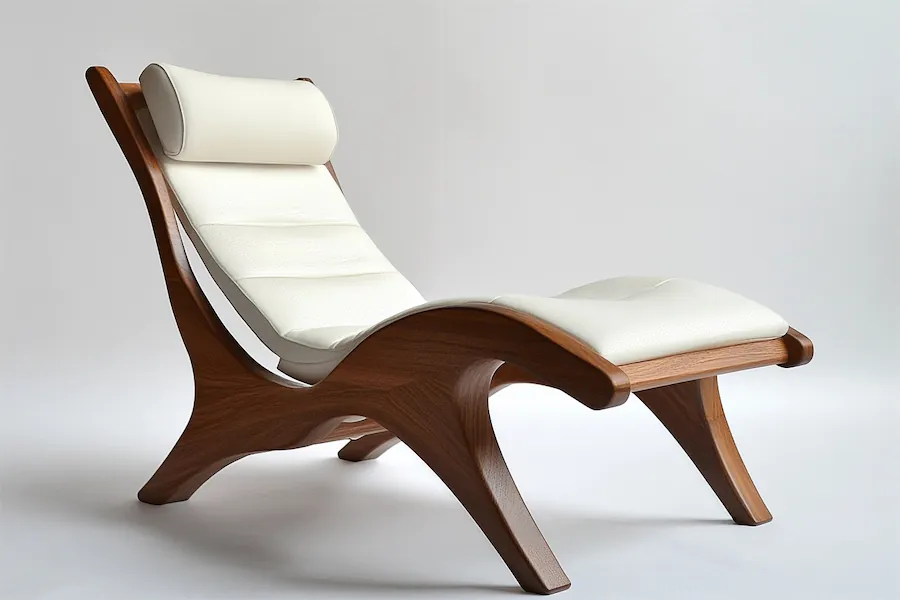An adjustable chair is designed to allow users to modify various components—such as seat height, backrest angle, and armrest position—to achieve personalized comfort and support. This adaptability is crucial in promoting proper posture, reducing strain during prolonged sitting, and accommodating diverse body types and preferences.
History and Origins of Adjustable Chairs
The evolution of adjustable chairs is closely linked to the development of ergonomic design and the increasing emphasis on worker comfort and productivity:
- 19th Century Innovations: One of the earliest known innovators was naturalist Charles Darwin, who added wheels to his chair to move around his study more efficiently. This modification is considered a precursor to the modern office chair.
- Early 20th Century: Frank Lloyd Wright designed an office chair with a height-adjustable seat in 1904, introducing the concept of customizable seating to accommodate different user needs.
- 1970s Ergonomic Advances: The 1970s saw significant advancements with the introduction of chairs like the Ergon Chair by Bill Stumpf in 1976, which was the first office chair dedicated to improving comfort and physical health through ergonomic design.
- 1990s and Beyond: The Aeron chair, introduced by Herman Miller in 1994, became iconic for its extensive adjustability and ergonomic support, setting new standards in office seating.
Key Features of Adjustable Chairs
- Seat Height Adjustment: Allows users to set the chair at a height that ensures feet are flat on the floor, promoting proper leg alignment.
- Backrest Recline and Tilt Tension: Enables adjustment of the backrest angle and the resistance felt when reclining, supporting various postures and reducing back strain.
- Armrest Adjustability: Permits modification of armrest height and width to support the arms comfortably, reducing shoulder and neck tension.
- Lumbar Support: Often includes adjustable lumbar support to maintain the natural curve of the spine, preventing lower back discomfort.
- Seat Depth and Angle: Some models offer adjustments to seat depth and angle, accommodating different thigh lengths and promoting better circulation.
Applications of Adjustable Chairs
- Office Environments: Adjustable chairs are essential in workplaces to accommodate various employee needs, enhance comfort, and boost productivity.
- Home Offices: With the rise of remote work, adjustable chairs have become vital in home office setups to ensure ergonomic comfort during long working hours.
- Gaming: Specialized adjustable gaming chairs provide support during extended gaming sessions, often featuring enhancements like reclining capabilities and lumbar pillows.
- Educational Settings: Adjustable chairs in classrooms and study areas cater to students of different ages and sizes, promoting proper posture and focus.
Considerations When Choosing an Adjustable Chair
- Ergonomic Design: Look for chairs that offer a range of adjustments to support natural body alignment and reduce strain.
- Build Quality and Materials: Ensure the chair is constructed with durable materials and quality craftsmanship for longevity and sustained comfort.
- User Reviews and Recommendations: Research feedback from other users to gauge the chair’s performance in real-world settings.
- Budget: Consider the balance between cost and features, aiming for the best value within your price range.
- Aesthetic Compatibility: Select a chair that complements your workspace or home décor.
Conclusion
Adjustable chairs have evolved significantly, integrating ergonomic principles to meet the diverse needs of users across various settings. Their customizable features play a crucial role in promoting comfort, health, and productivity, making them a valuable investment for both professional and personal use.
